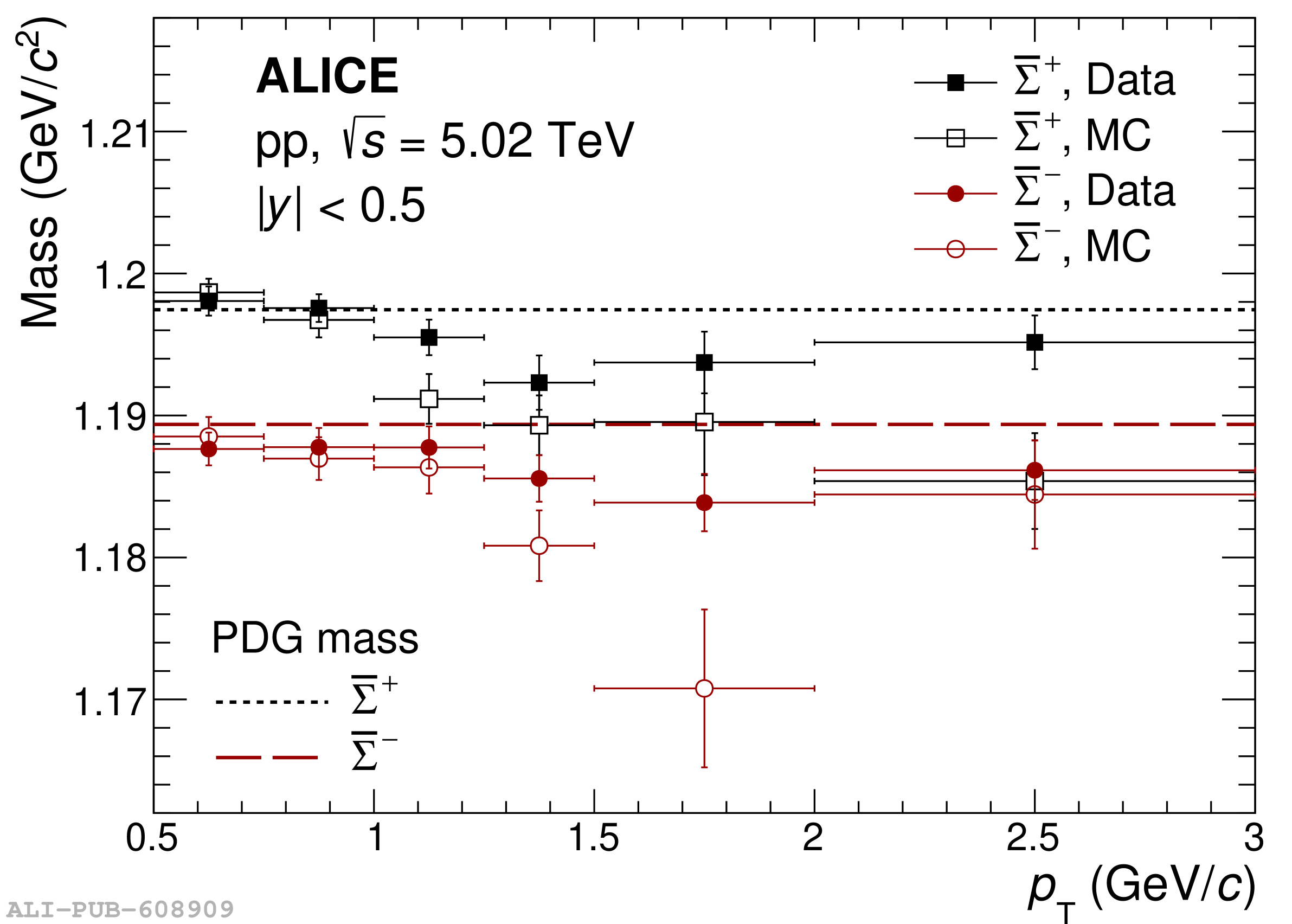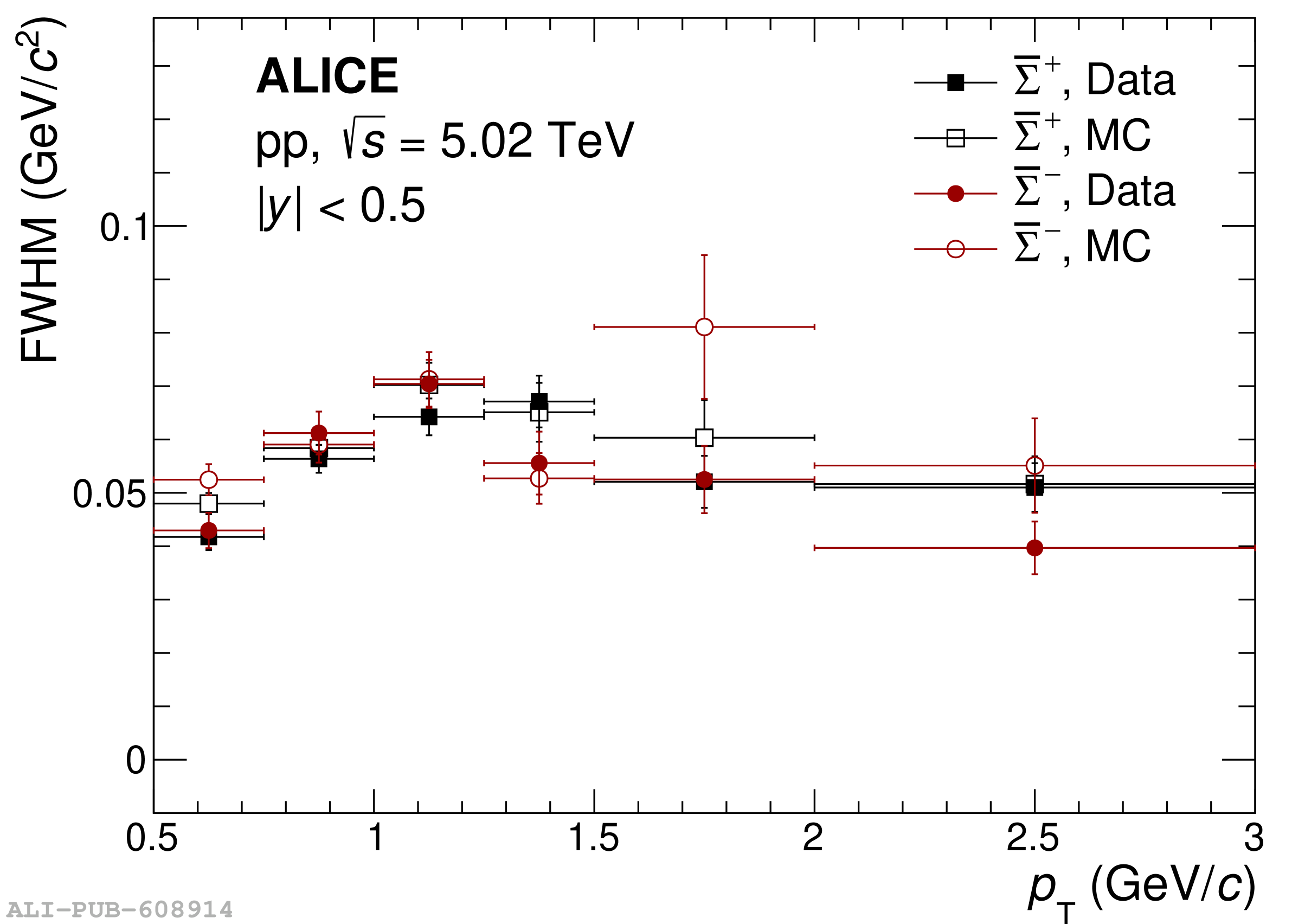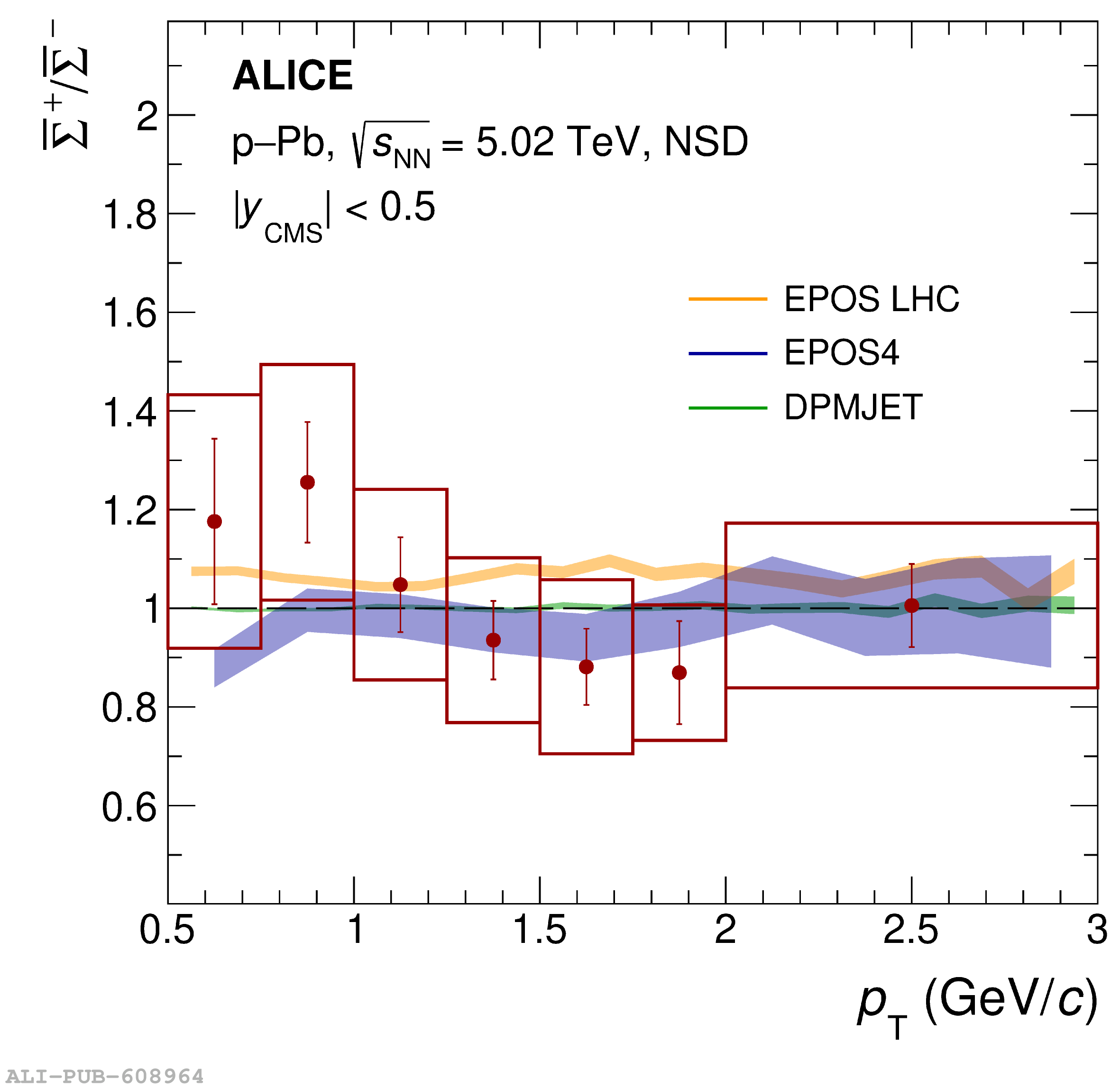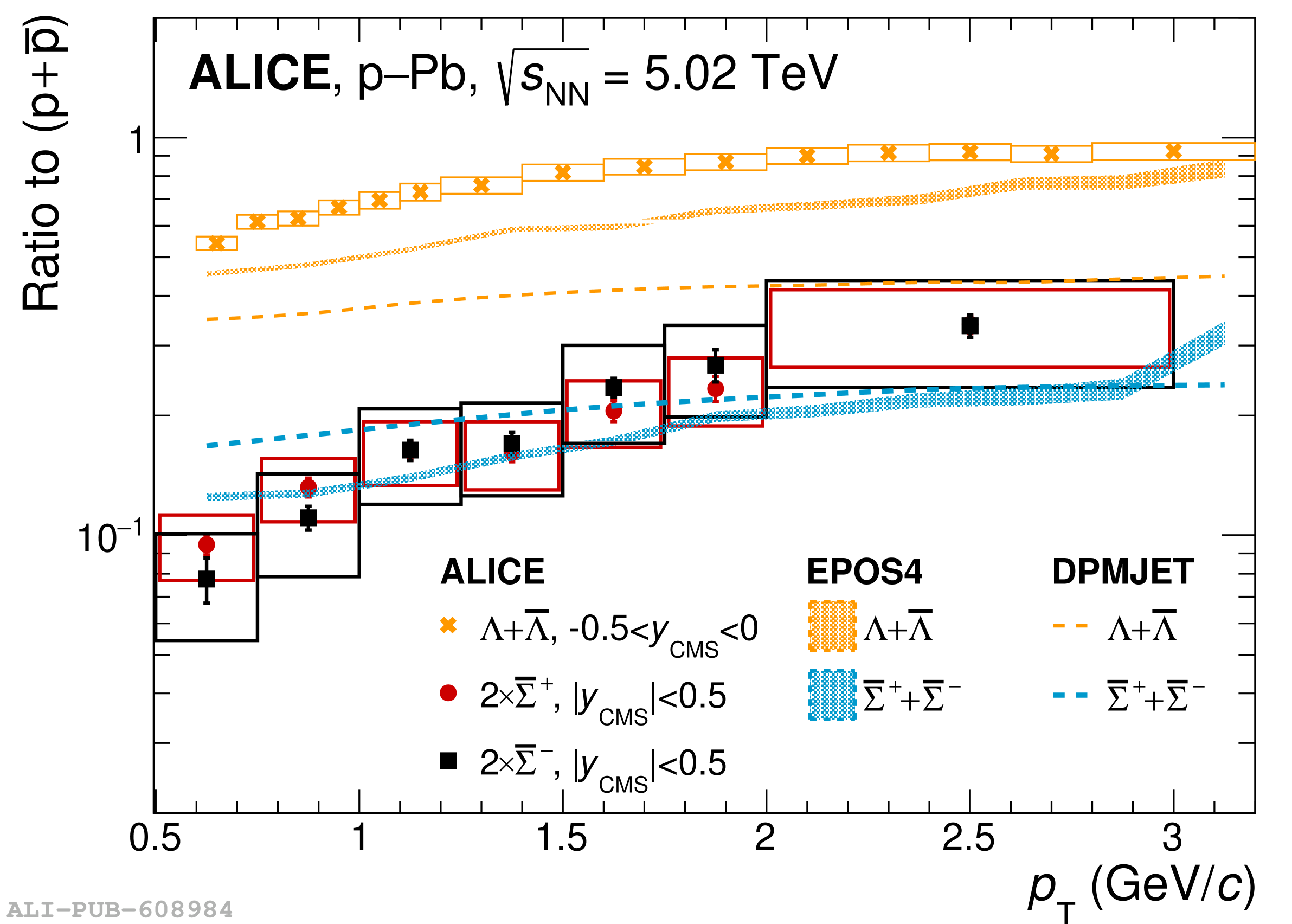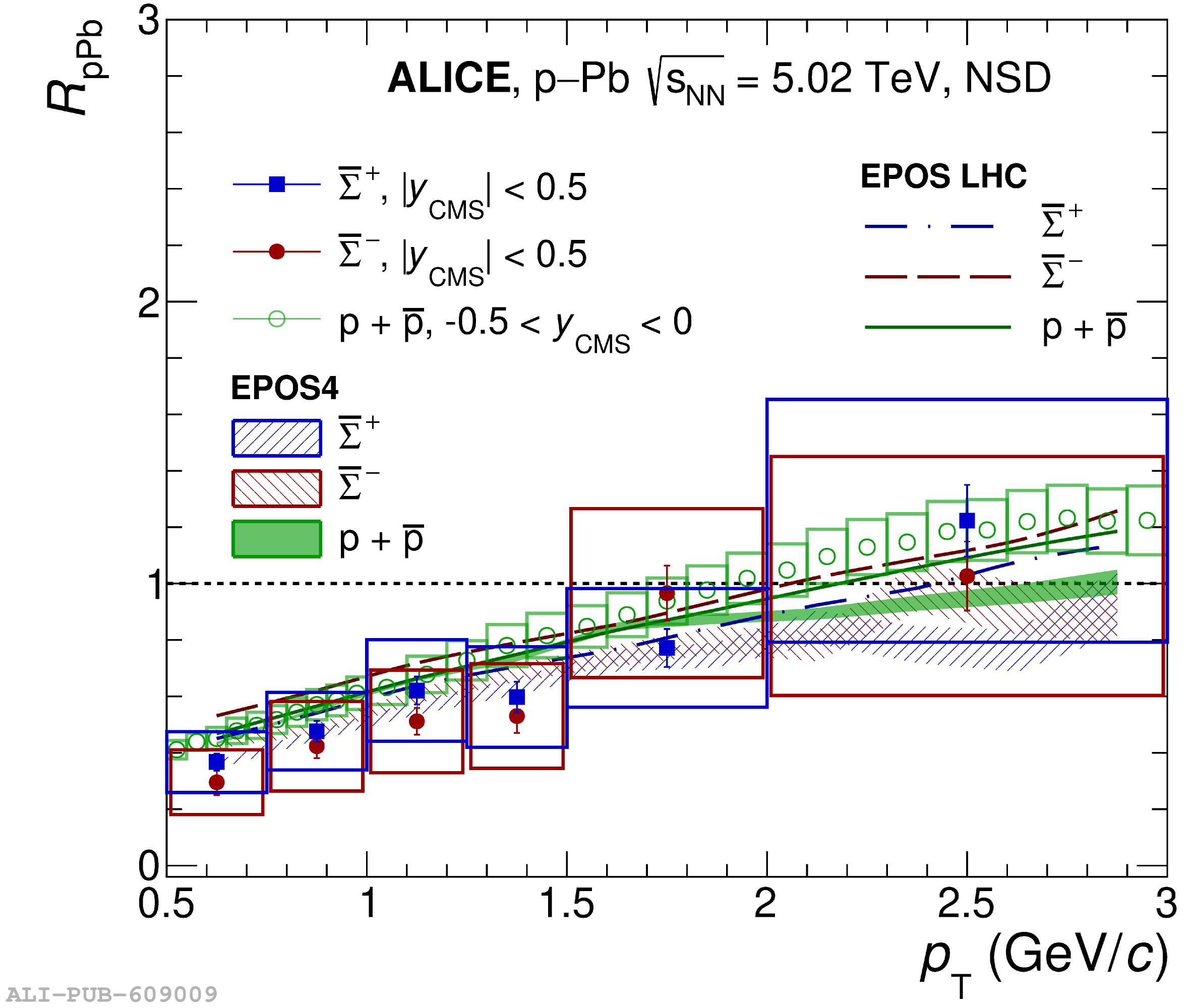The transverse momentum spectra and integrated yields of $\overline{\Sigma}^{\pm}$ have been measured in pp and p-Pb collisions at $\sqrt{s_{\mathrm{NN}}} = 5.02$ TeV with the ALICE experiment. Measurements are performed via the newly accessed decay channel $\overline{\Sigma}^{\pm} \rightarrow {\rm\overline{n}}\pi^{\pm}$. A new method of antineutron reconstruction with the PHOS electromagnetic spectrometer is developed and applied to this analysis. The $p_{\rm T}$ spectra of $\overline{\Sigma}^{\pm}$ are measured in the range $0.5 <~ p_{\rm T} <~ 3$ GeV/$c$ and compared to predictions of the PYTHIA 8, DPMJET, PHOJET, EPOS LHC and EPOS4 models. The EPOS LHC and EPOS4 models provide the best descriptions of the measured spectra both in pp and p-Pb collisions, while models which do not account for multiparton interactions provide a considerably worse description at high $p_{\rm T}$. The total yields of $\overline{\Sigma}^{\pm}$ in both pp and p-Pb collisions are compared to predictions of the Thermal-FIST model and dynamical models PYTHIA 8, DPMJET, PHOJET, EPOS LHC and EPOS4. All models reproduce the total yields in both colliding systems within uncertainties. The nuclear modification factors $R_{\rm pPb}$ for both $\overline{\Sigma}^{+}$ and $\overline{\Sigma}^{-}$ are evaluated and compared to those of protons, $\Lambda$ and $\Xi$ hyperons, and predictions of EPOS LHC and EPOS4 models. No deviations of $R_{\rm pPb}$ for $\overline{\Sigma}^{\pm}$ from the model predictions or measurements for other hadrons are found within uncertainties.
Submitted to: EPJC
e-Print: arXiv:2507.13183 | PDF | inSPIRE
CERN-EP-2025-151
Figure group








